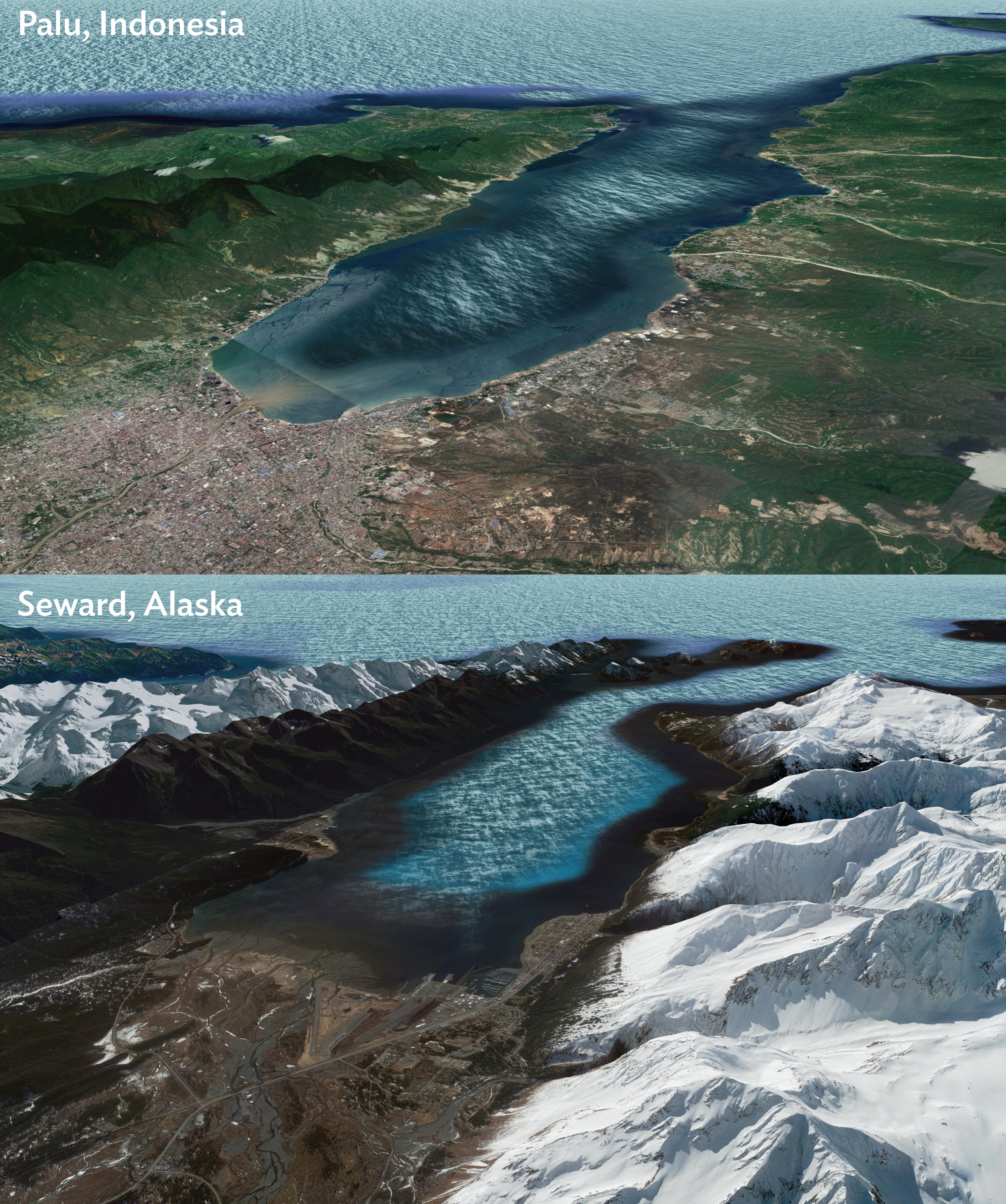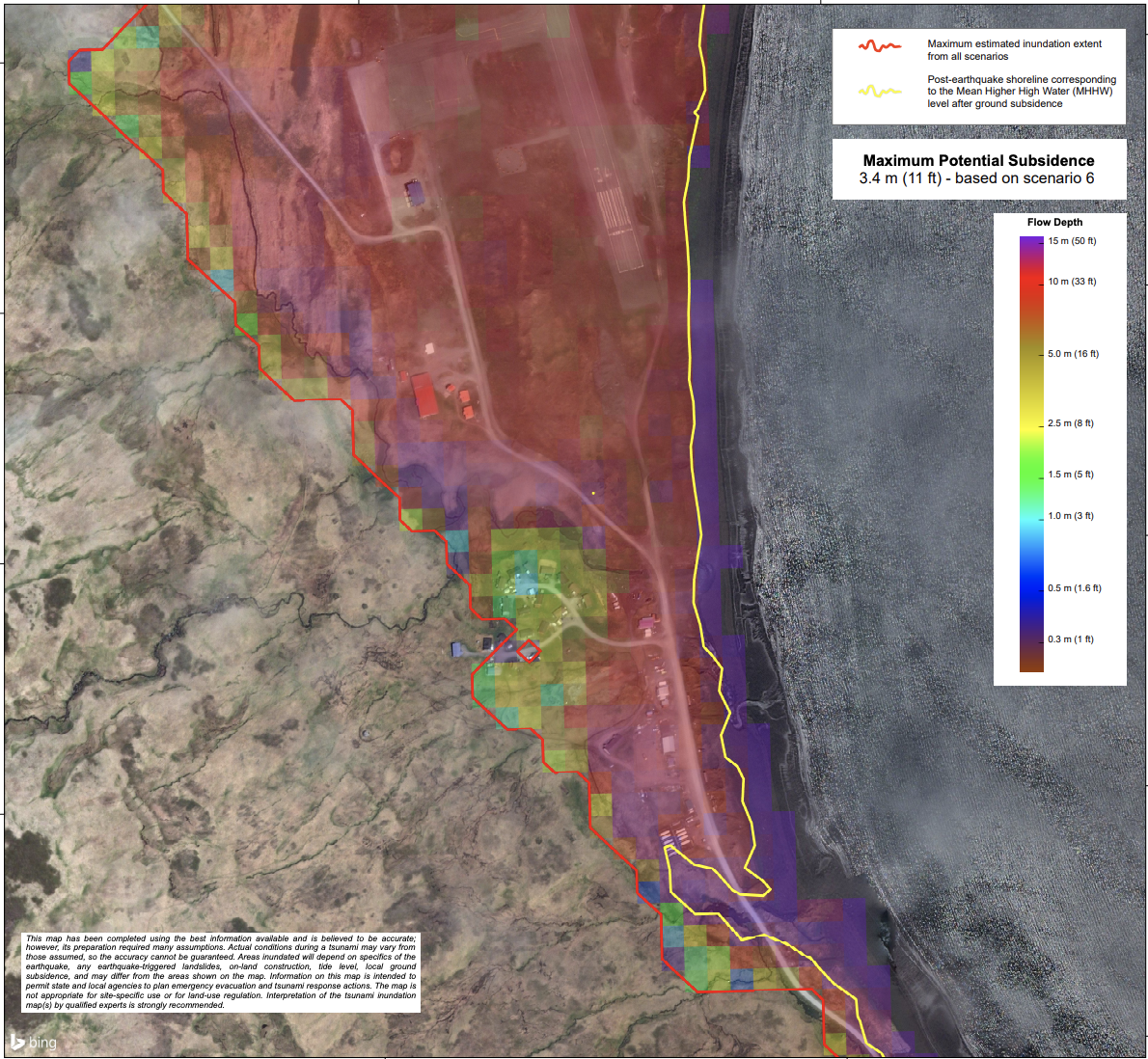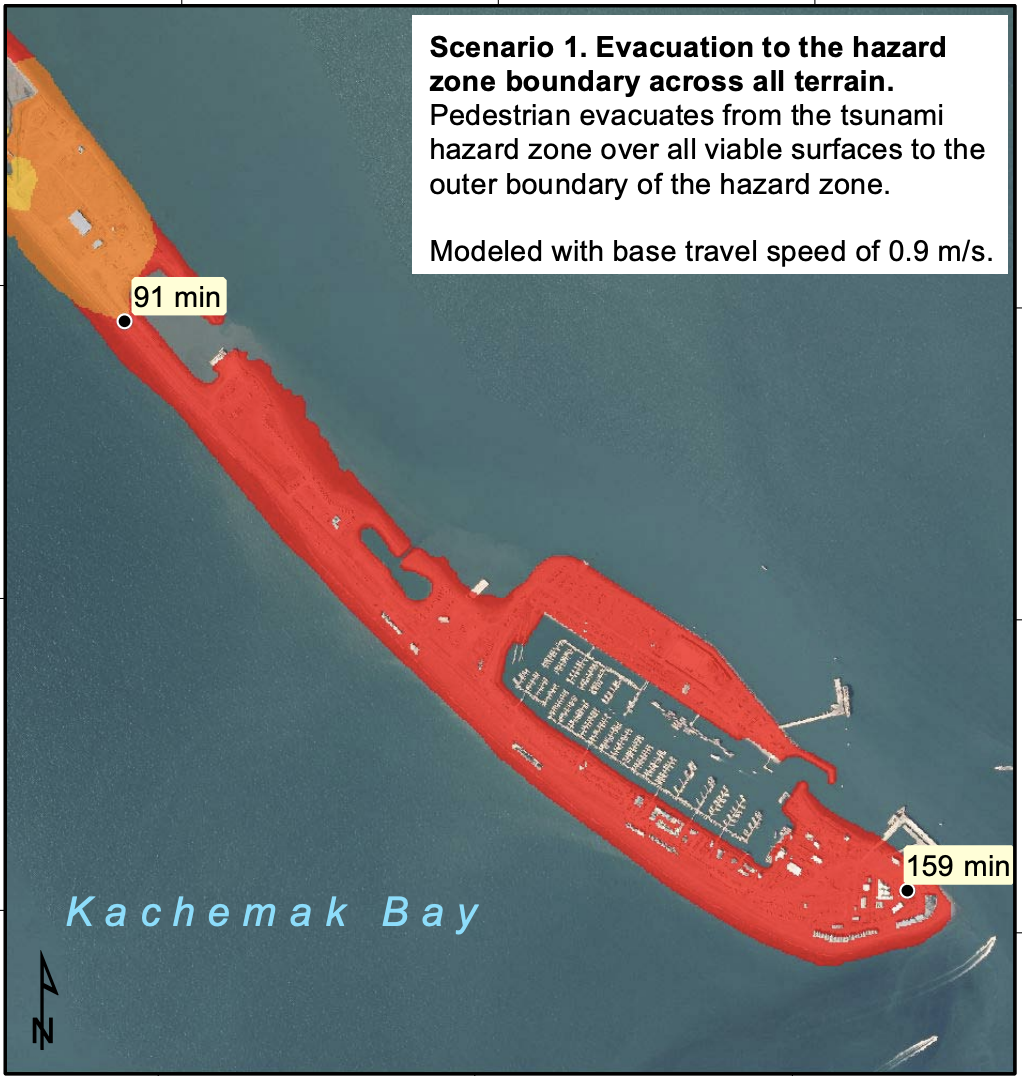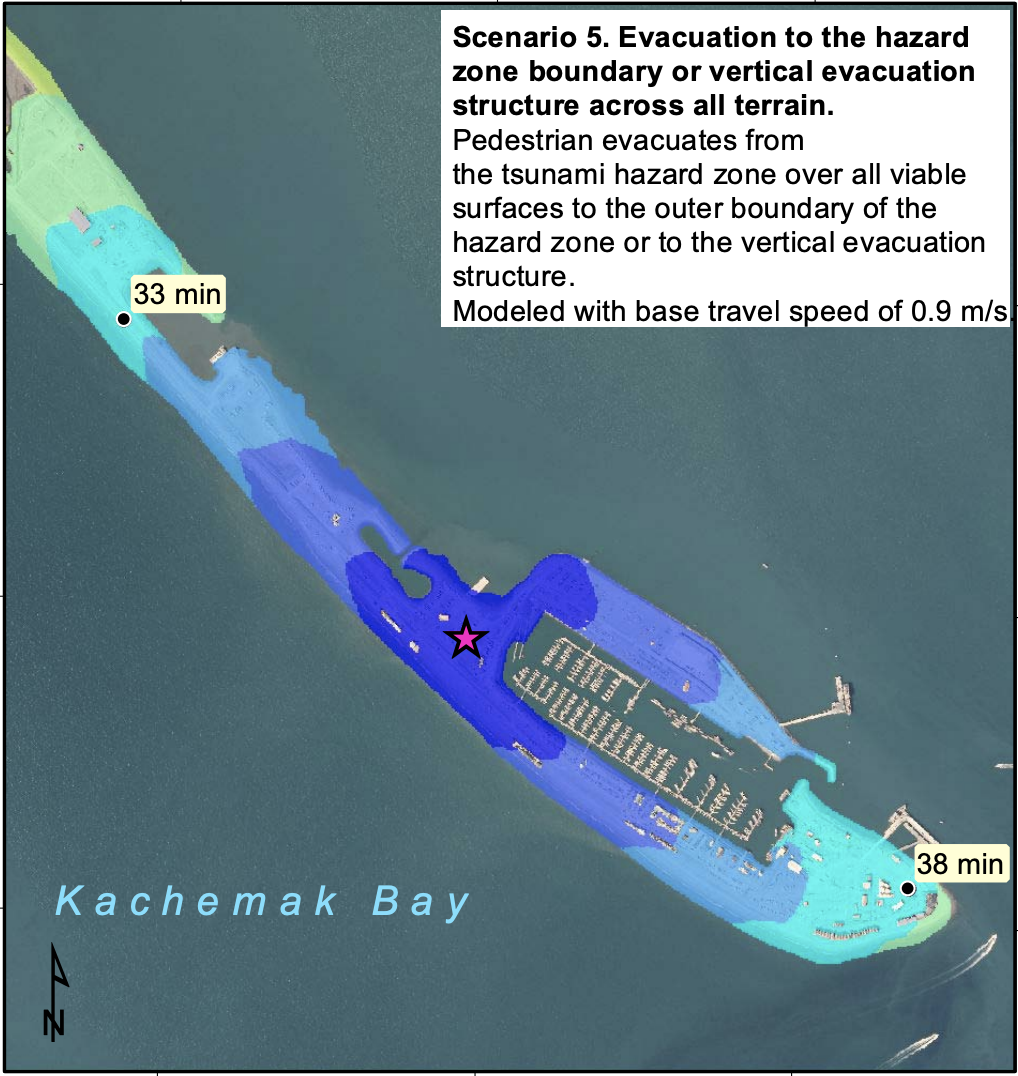



For decades, there have been tantalizing clues about how we might know when an earthquake will happen. Sometimes, clusters of small earthquakes called foreshock sequences come in the days or weeks before a large earthquake. Less often, seismologists have observed a process called nucleation, where the rate of slip along a fault ramps up gradually before an earthquake. Researchers have also seen this kind of slow acceleration in laboratory experiments where they create tiny earthquakes on faults measured in inches.
However, the entire sequence, from foreshocks to nucleation to earthquake, has not been observed in the real world until now.
Alaska Earthquake Center seismologists, in collaboration with an international research team, recently identified a 2016 magnitude 3.7 Minto Flats earthquake that was preceded by an intensifying 12-hour sequence of foreshocks followed by a 22-second nucleation signal before rupturing as an earthquake. This discovery suggests that the rupturing process can begin hours or even days before an earthquake.
It is important, when talking about earthquakes, to distinguish between forecasting and prediction. Predicting an earthquake would mean informing the public that an earthquake of a certain size will occur at a specific time and location, within a narrow enough window to allow people to act. Prediction is commonly seen as the Holy Grail of earthquake science, but it might never be possible. One problem is that faulting behavior is not at all consistent. Only some earthquakes have foreshock activity, and many sequences that resemble foreshocks never lead to anything. In other words, even when there are foreshocks, we simply don’t know that they are foreshocks until after the big earthquake strikes.
Forecasting, on the other hand, deals in probabilities. We can already forecast earthquakes in some situations. For example, we commonly forecast how many large aftershocks we should expect in the weeks after a major earthquake, based on aftershock sequences that followed similar earthquakes in the past. Other types of forecasts rely on a specific fault’s history. If a fault is known to produce large earthquakes, and neighboring sections of that same fault have recently hosted large earthquakes, seismologists might forecast a major earthquake there over the next years or decades. This kind of forecasting is critical for planning and preparation, but it falls far short of telling people when an earthquake will strike.
We hope that our Minto Flats discovery—which we describe in the June issue of Nature Geoscience—will increase knowledge of pre-earthquake fault behavior by helping bridge the gap between our understanding of nucleation at the laboratory scale and at the scale of large earthquakes. If so, it could help to improve our ability to forecast damaging earthquakes. We do not expect it to bring us any closer to predicting earthquakes.



